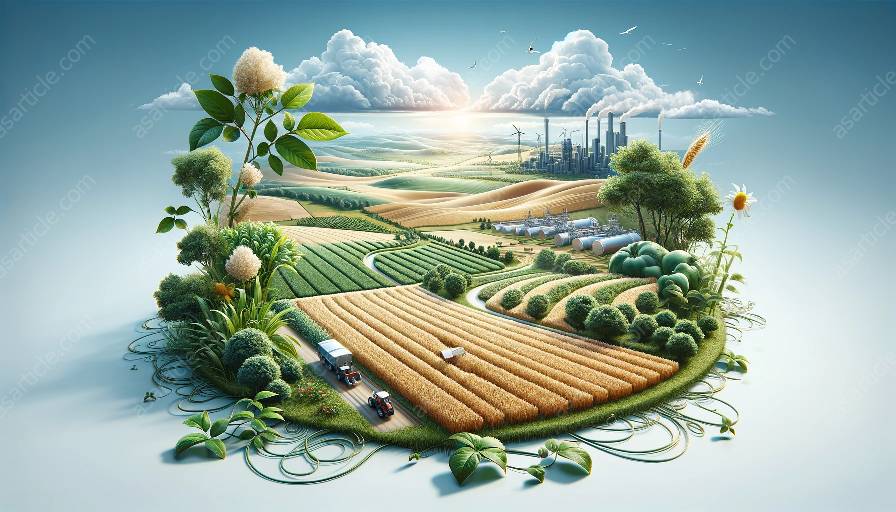With the advent of technology, precision agriculture software has emerged as a game-changer in the field of farming. This comprehensive topic cluster delves into the seamless integration of agricultural software and agricultural sciences, exploring the transformative impact on optimizing crop yields and resource management.
The Evolution of Precision Agriculture Software
Precision agriculture, often referred to as precision farming, is a modern farming management concept that uses technology to ensure that crops and soil receive exactly what they need for optimum health and productivity. The evolution of precision agriculture software has reshaped traditional farming practices, leveraging data analytics, automation, and advanced technologies to enhance agricultural efficiency and sustainability.
Understanding Agricultural Software
Agricultural software encompasses a diverse range of tools and applications designed to assist farmers in managing various aspects of their operations. These software solutions often integrate data analytics, geospatial technology, and IoT (Internet of Things) to provide valuable insights into crop health, soil conditions, weather patterns, and resource utilization.
The Nexus of Precision Agriculture Software and Agricultural Sciences
The seamless integration of precision agriculture software with agricultural sciences represents a paradigm shift in modern farming. By leveraging data-driven insights and sophisticated algorithms, farmers can make informed decisions about planting, irrigation, fertilization, and pest control, thereby optimizing crop yields while minimizing environmental impact.
Key Components of Precision Agriculture Software
- Remote Sensing: Utilizing drones, satellites, and other remote sensing technologies to gather real-time data on crop health, soil moisture, and pest infestations.
- Geographic Information Systems (GIS): Mapping and analyzing spatial data to make informed decisions about land management, crop allocation, and environmental conservation.
- IoT and Sensor Technology: Deploying sensor networks to monitor vital parameters such as temperature, humidity, and nutrient levels, enabling proactive resource management and precision application of inputs.
- Data Analytics and Predictive Modeling: Leveraging machine learning and AI to analyze historical data, predict agricultural outcomes, and optimize resource allocation.
- Enhanced Crop Production: By fine-tuning inputs and optimizing cultivation practices, precision agriculture software contributes to increased crop yields and improved product quality.
- Resource Efficiency: Precise monitoring and management of resources such as water, fertilizers, and pesticides lead to reduced waste and sustainable agricultural practices.
- Environmental Sustainability: By minimizing the use of agrochemicals and optimizing land management, precision agriculture software supports environmentally friendly farming practices.
- Economic Viability: Improved efficiency and productivity translate into better financial outcomes for farmers, ensuring the long-term sustainability of agricultural operations.
Benefits of Precision Agriculture Software
Future Perspectives of Precision Agriculture Software
As technology continues to advance, the future of precision agriculture software holds unlimited potential. Integration with advanced robotics, artificial intelligence, and blockchain technology is poised to further revolutionize the agricultural landscape, empowering farmers to navigate the complexities of modern agriculture with unparalleled precision and efficiency.

